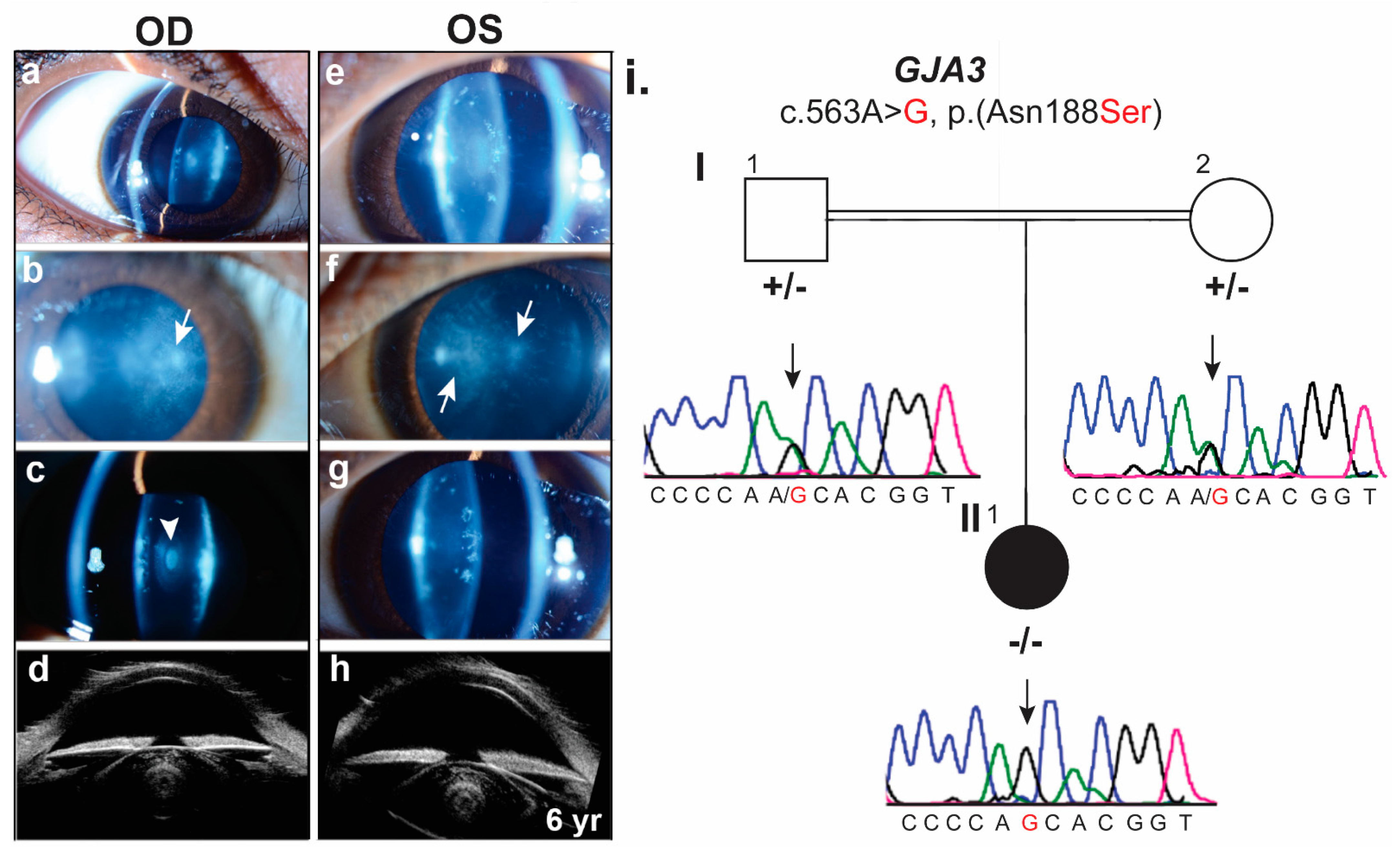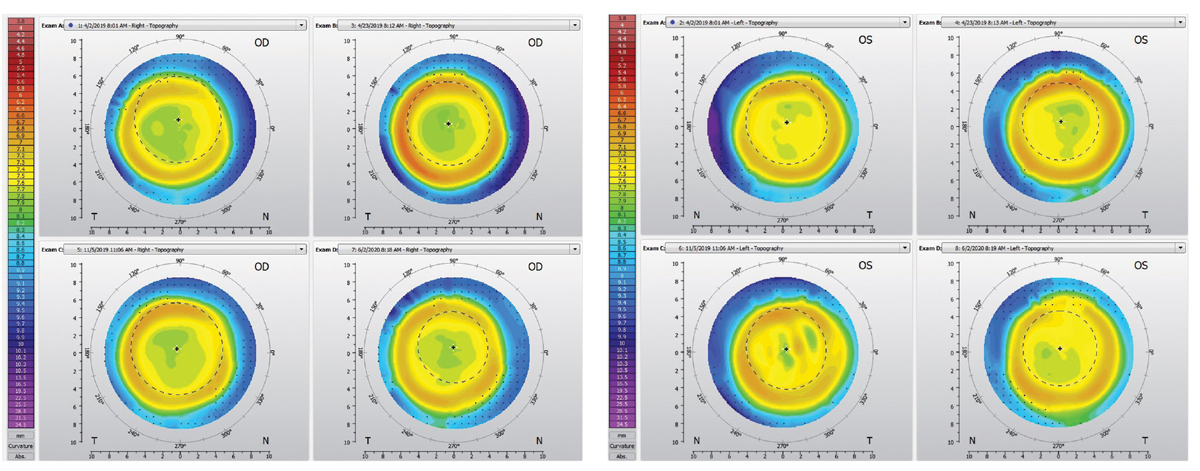

If your prescription indicates a CYL value, you must have a corresponding Axis value.

If you suffer from astigmatism, your prescription will indicate values for CYL and Axis.Īxis refers to an angle value between 0 and 180 that determines the angle of the cylinder correction for astigmatism. However, if you have a CYL value, you must have a corresponding Axis value.Īstigmatism relates to an issue in the curvature of your cornea that causes blurred distance and near vision, especially at night. If nothing appears in your CYL column, you do not require astigmatism correction. Similar to SPH, optometrists measure CYL in increments of 0.25 diopters. What does CYL (cylinder) mean in a prescription?ĬYL, or cylinder, refers to the amount of astigmatism correction you need. On the other hand, if your SPH value is +1.00, you are farsighted and need correction for seeing closer objects. If your SPH value is -1.00, you are nearsighted. The plus (+) or minus (-) sign before SPH indicates whether you are nearsighted or farsighted. Optometrists measure SPH values in increments of 0.25 diopters, and when people talk about their prescription degree, they’re usually talking about their sphere value. SPH, or sphere, refers to the amount of correction needed for nearsightedness or farsightedness. What does SPH (sphere) mean in a prescription? When people talk about their eye degree or “power,” they are usually referring to their SPH value. SPH, or sphere, is the amount of lens power needed to correct nearsightedness or farsightedness, whereas CYL, or cylinder, is the amount of lens power needed to correct astigmatism. What is the difference between SPH and CYL in a prescription?

OS stands for oculus sinister, Latin for “left eye.” OD stands for oculus dexter, the Latin term for “right eye.” In addition, most prescriptions will show your pupillary distance (PD), the horizontal distance between your pupils. If you require progressive lenses, your prescription will display a value under the ADD (addition) column. CYL is the amount of astigmatism correction you need, and Axis determines the lens angle required to correct your astigmatism. Sphere, also known as degree or power, is the amount of single vision correction you need. The three columns (from left to right) refer to Sphere (SPH), Cylinder (CYL) and Axis. The two rows refer to your right (OD) and left (OS) eyes with the right eye always on the upper row. In its simplest form, a prescription for glasses will feature a table with two rows and three columns.


 0 kommentar(er)
0 kommentar(er)
